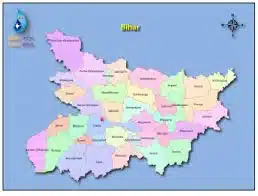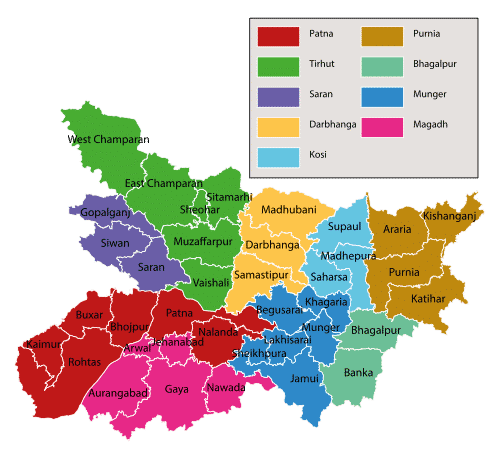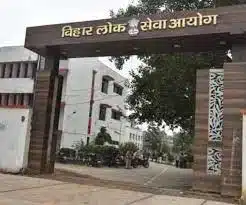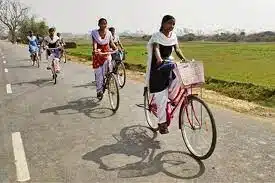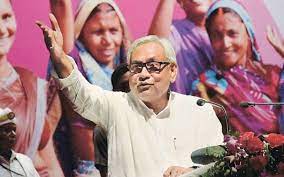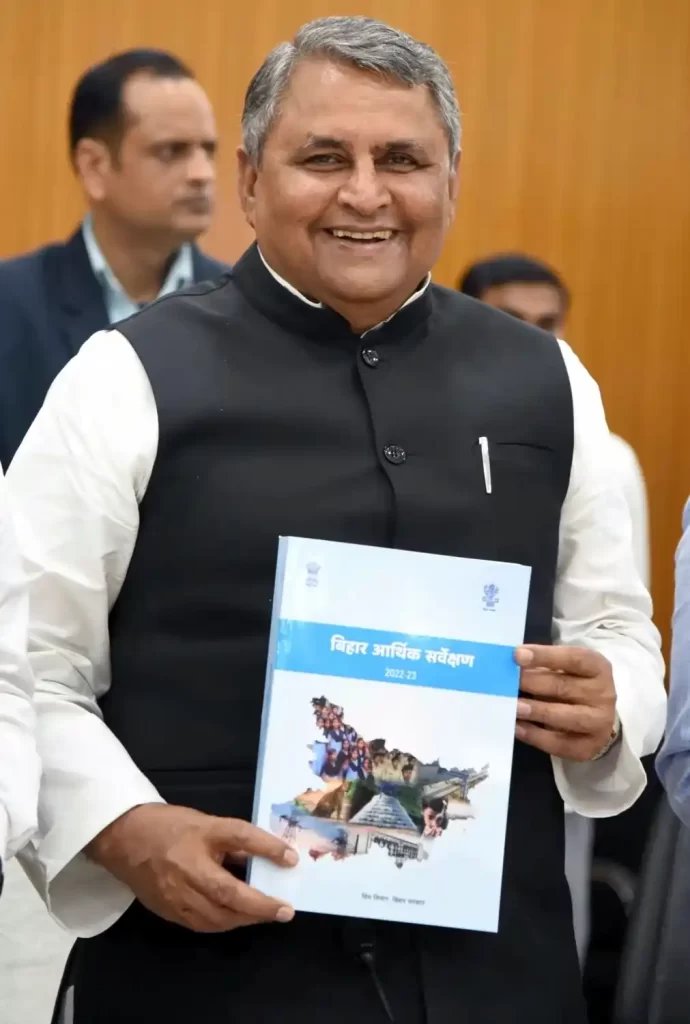Bihar Caste Census Report
Chief Minister Nitish Kumar announced on June 1, 2022, that all nine parties, including the BJP’s Bihar unit, had unanimously decided to go ahead with the “caste census”. The government subsequently allocated Rs 500 crore from its contingency fund for the exercise.
In the first phase of the survey, carried out between January 7 and 21, the number of households was counted. The second phase, which began on April 15 and was to be completed in about a month, was intended to collect data on castes, religions, and economic backgrounds, as well as on aspects such as the number of family members living in the state and outside.
However, the exercise was paused by the Patna High Court after five PILs were filed against it. The court initially said the state government was not competent to conduct what appeared to be a census, but allowed it to go ahead in August after the state submitted it was a “survey”, and assured that no one’s data would be divulged.
More than 3 lakh people, mainly teachers, went from door to door with a 17-question form on caste, religion, and economic status. An app was used to collect the data for tabulation and processing.
History of Caste Census
The last time caste data were included in a census was in the 1931 national Census. Some 45 years have passed since the Karpoori Thakur government in Bihar implemented the Mungeri Lal Commission report on OBC reservation in 1978, which came to be known as the Karpoori Thakur formula and provided separate quotas for backward and most backward castes.
- Post-independence: Every Census in independent India from 1951 to 2011 has published data on Scheduled Castes and Scheduled Tribes, but not on other castes.
- Pre- independence: Before that, every Census until 1931 had data on caste.
- World War II: In 1941, caste based data was collected but not published due to time and cost constraints.
- Mandal Commission: It was constituted to estimate the OBC population which revealed that OBC stands at 52%.
- SECC: Socio Economic and Caste Census were launched in 2011 to avoid exclusion and inclusion errors in receiving benefits from the Government. The Ministry of Rural Development provided financial and technical support to the States/UTs for conducting SECC 2011. Ministry of Housing & Urban Poverty Alleviation conducted the exercise in urban areas. The SECC data excluding caste data was finalised and published by the two ministries in 2016.
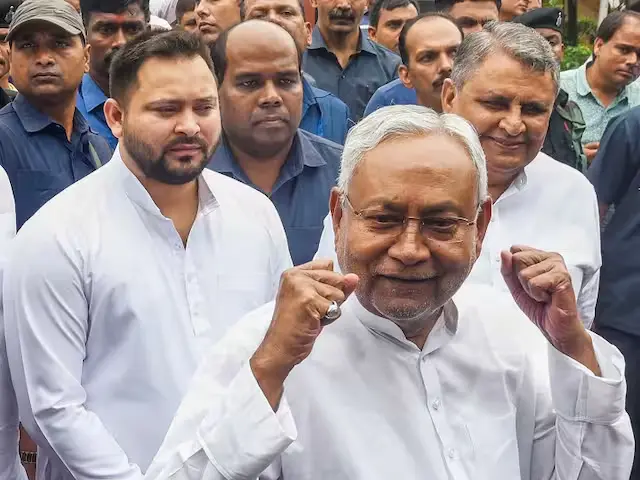
Population: Bihar Caste Census
Bihar’s population, according to the survey, is 13,07,25,310, compared to the 10.41 crore recorded in the 2011 census. Hindus comprise 81.99% of the population, and Muslims 17.72%. The populations of Buddhists, Christians, Sikhs, Jains, and other religious denominations are minuscule.
EBCs: 36.01%
OBCs: 27.12%
SCs: 19.65%
STs: 1.68%
Individually, the caste survey found that the biggest social group is the Yadavas with a 14.27 percent share of the state population.
While Bhumihars constitute 2.86 percent of the population, Brahmins comprise 3.66 percent. The Kurmis – Chief Minister Nitish Kumar belongs to the community – makes up 2.87 percent of the population.
Poverty: Bihar Caste Census
As per the caste survey report, the state is home to about 2.97 crore families, of which more than 94 lakh (34.13%) live on Rs 6,000 or less a month – the cut-off for below the poverty line in Bihar.
Poverty is highest among the SCs, with 43.93% of families qualifying as BPL, while among the EBCs, the number is 33.58%. The OBCs are only marginally better, with 33.16% of the families earning less than Rs 6,000 a month. Even in the general category, a quarter of the population, 25.09%, falls in this category.
Among the upper castes, the Bhumihars record the maximum poverty (27.58%), followed by the Brahmins (25.3%), the Rajputs (24.89%) and Kayasthas (13.83%).
In comparison, among the Muslims, the share of poor is at 17.26%.
Houses: Bihar Caste Census
Just over a quarter of Bihar (26.76%) lives in pucca houses of two or more rooms, while nearly the same number (22.37%) live in one-room pucca houses. Families living in tin-shed houses account for another quarter (25.54%). About 0.24% of people have no houses.
Vehicles: Bihar Caste Census
Just over a quarter of Bihar (26.76%) lives in pucca houses of two or more rooms, while nearly the same number (22.37%) live in one-room pucca houses. Families living in tin-shed houses account for another quarter (25.54%). About 0.24% of people have no houses.
Education: Bihar Caste Census
Those who have studied till Class 8 comprise over 37% of Bihar’s population; of them, 22.67% have studied only up to Class 5. Another 14.71% have studied till Class 10, meaning that more than half the state’s population (about 52%) has studied till Class 10 or below it.
Those who have studied till Class 11 account for 9.19%, while those who have cleared Class 12 are over 7%.
Government Jobs: Bihar Caste Census
Among the OBCs, 3.11% and, among the Yadavs, 1.55% are in government jobs. The Yadavs are the single largest group in the state, at 14.3 percent. The Banias have slightly higher representation in government jobs, at 1.96%.
Compared to other groups, much higher numbers among the upper castes are in government jobs – with 6.68% of Kayasthas, 4.99% of Bhumihars, 3.81% of Rajputs and 3.60% of Brahmins among them.
Among the Muslims, 2.5% of the Saiyads are in government jobs.
Migration: Bihar Caste Census
The survey also says that 1.22% of Bihar’s people work and 0.39% study outside the state.
Significance of Bihar Caste Census
The politics of identity — based on reservation and backward caste assertion that allowed socialist parties like Nitish’s JD(U) and Lalu Prasad’s RJD in Bihar, and Mulayam Singh’s SP in UP, to dominate these states for a quarter century — has all but run its course. The Mandal-kamandal dichotomy was blunted by the arrival of Narendra Modi on the national scene, and the new BJP reached out to the OBCs with its mix of Hindutva and welfarism.
The Bihar government has officially passed two bills that increase the quota for deprived castes from 50% to 65% in government jobs and educational institutions. With these enactments, Bihar now has the highest reservation percentage among larger states. The amendments also include a 10% quota for the economically weaker section among the upper castes. Bihar is now second only to Tamil Nadu in providing the highest percentage of reservation to backward classes.
Criticisms against the caste survey
- Vote bank politics: The data, coming months before next year’s Lok Sabha poll, underlines the electoral importance of OBCs and marginalised communities in making political gains.
- Widen the social rifts: There is a fear that caste census will widen the social rifts among different castes
- Data integrity: Integrity of data is questioned as ruling parties might alter the data according to their political motive.
- Against casteless society: Some groups argue that caste-based census is against the idea of a casteless society.
Also refer:
- बिहार स्पेशल सामान्य ज्ञान
- Top 50 MCQs on the Indian Economy
- Previous Year Questions Of UPSC On Oceanography And Climatology

